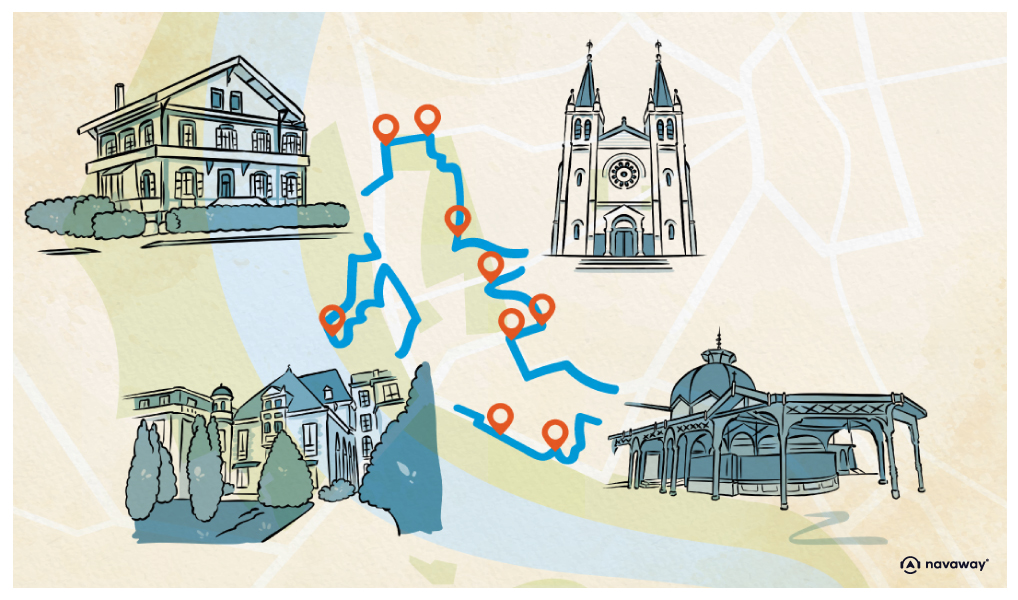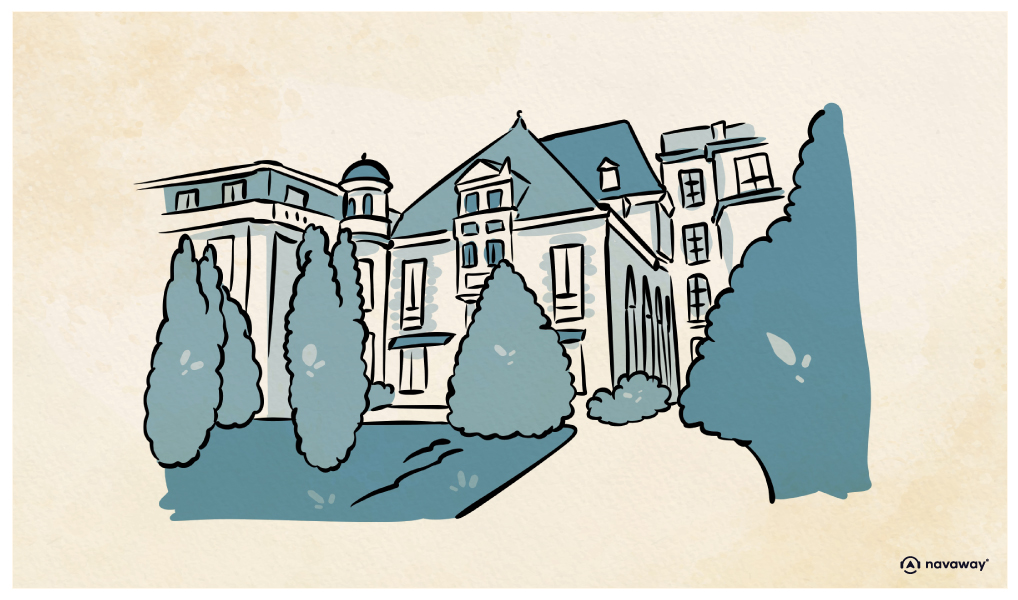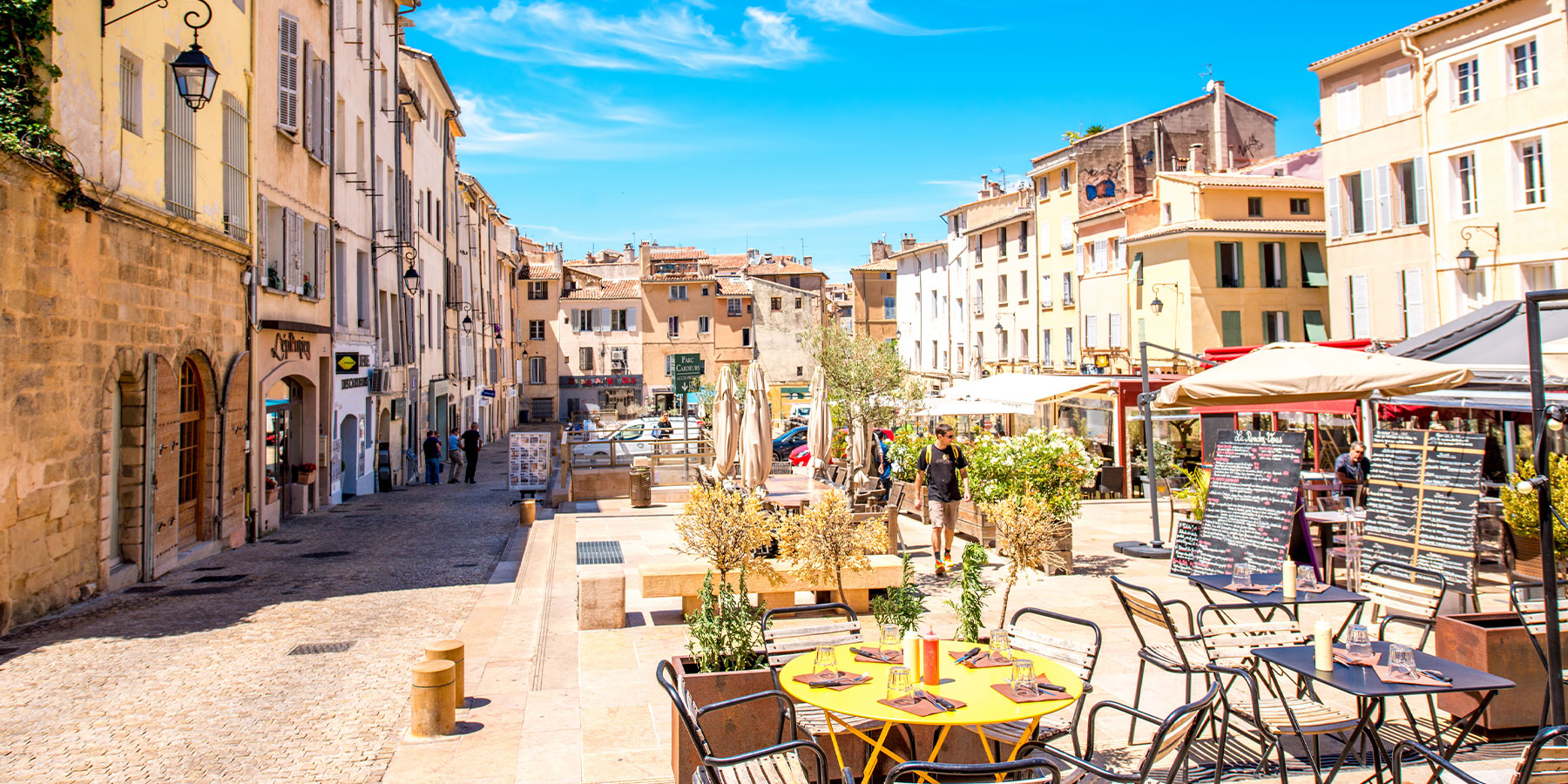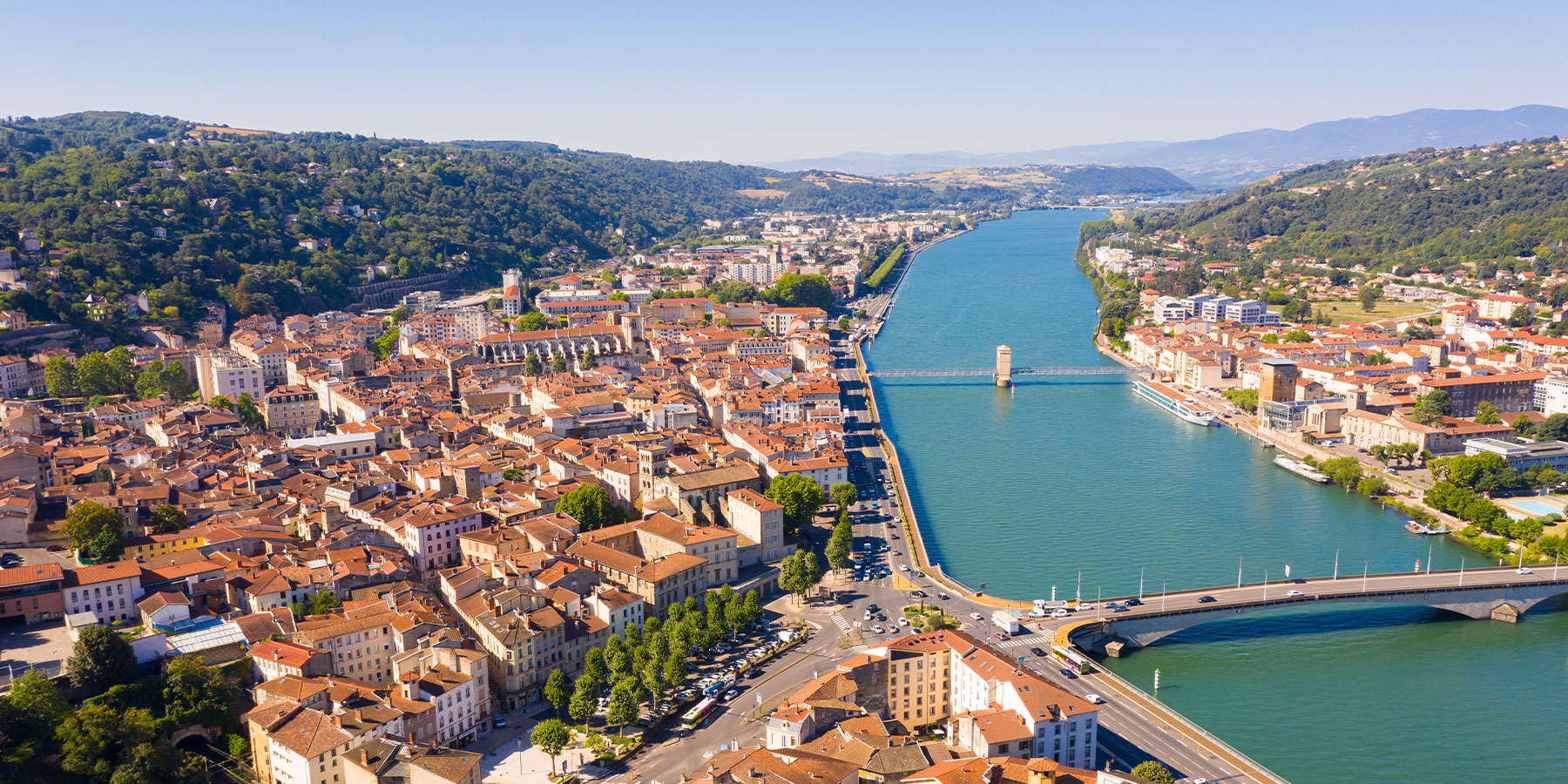
Sévigné Pavilion

This point of interest is available as audio on the tour: Visit Vichy, The Water Frenzy
Guarded behind a wrought-iron gate, the Sévigné Pavilion is a modest yet elegant building with a small turret to its left. The property was built around 1624, but it was not until the mid-19th century that it really came into its own. With a wave of wealthy visitors flocking to Vichy for spa treatments, the new owners, the Ravin-Charcot family, had a bright idea: turn this private residence into a hotel around 1842. To boost business, they even spread the word that the famous Madame de Sévigné, the French epistolary writer renowned for her intimate correspondence, had stayed there twice, in 1676 and 1677, to treat rheumatism in her hands and knees. Whether true or not, the story attracted all kinds of high-society guests. The hotel grew ever more famous and became known as the Hôtel Sévigné. It was used as a military hospital in both World Wars, it later housed the apartments of French President Albert Lebrun and then became the private residence of the French General Marshal Pétain. The latter held his meetings with the Council of Ministers here, and yet Elisabeth Risler-François and her brother, who owned part of the building, secretly hid Jews and those avoiding forced labor under the very same roof. They protected them from the Compulsory Work Service (Service du travail obligatoire), aka the French labor force made available to the Germans under the Vichy regime. The Yad Vashem, that is, the world holocaust remembrance center, named them “Righteous Among the Nations” for their bravery, back in 2010. It’s a title awarded to people who have made an effort to assist victims, including Jews, who were being exterminated by Nazi Germany during the Holocaust. The Sévigné Pavillon closed its doors as a hotel in 1995 and has been a private residence since 2002.


Discover Vichy with app
An interactive guide through the most beautiful streets, squares, and districts
27 fun audioguides full of historical facts, anecdotes, and legends





Comments